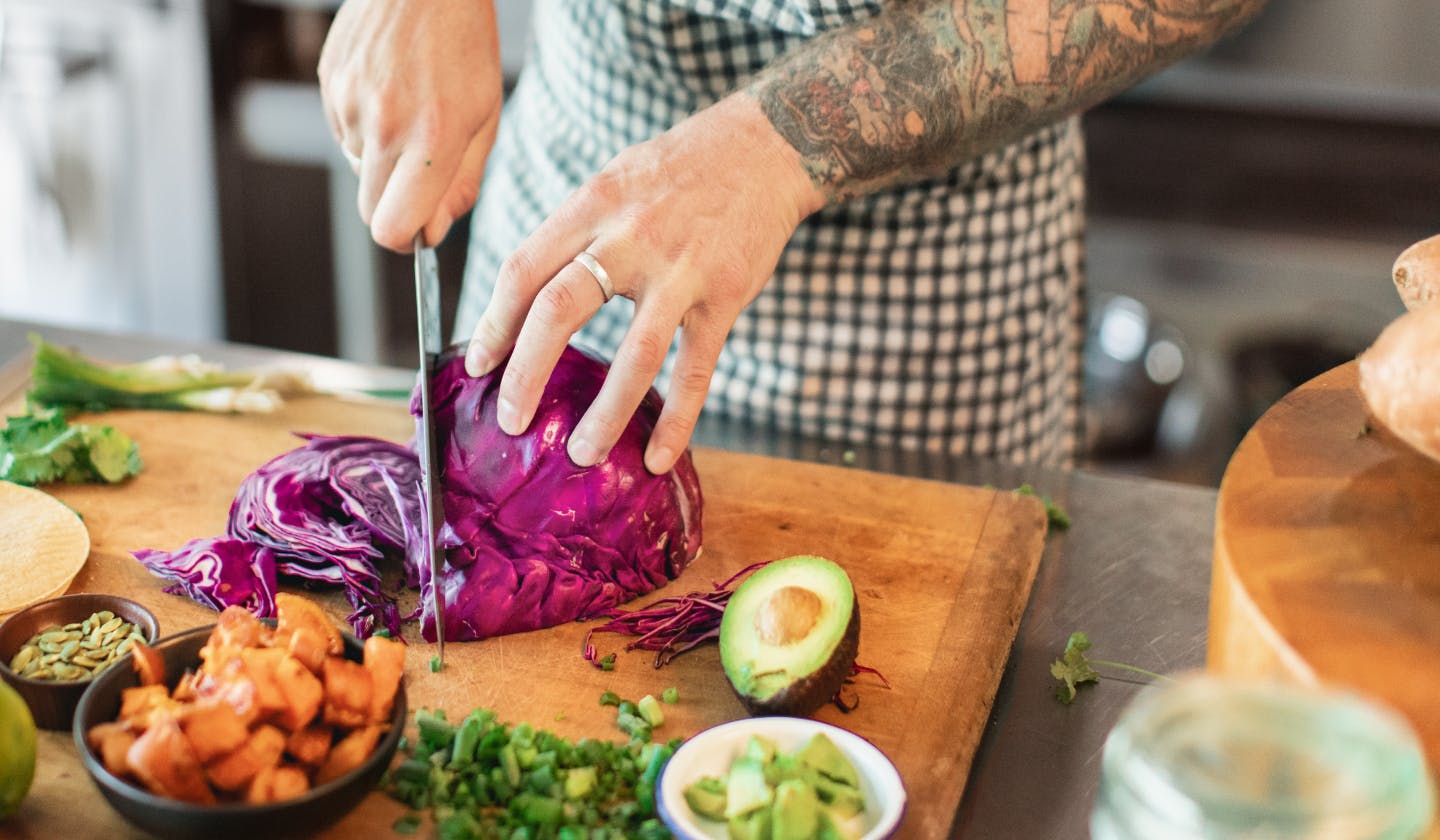Commercial Titling Skillets & Braising Pans
Table of Contents
- Commercial Titling Skillets & Braising Pans
- Top Rated
- Buying & Maintenance
- Ideal Restaurant Types
- FAQ
Tilting Skillets & Braising Pans
Tilting skillets (also known as braising pans) combine multiple cooking functions—sautéing, grilling, simmering, braising, and boiling—into one versatile appliance, which can enhance productivity in commercial kitchens.
Example Tilting Skillets:
Cleveland's SGL-30-TR DuraPan is renowned for robust stainless-steel construction, precise temperature controls, rapid heat-up, and reliable tilt mechanisms. Vulcan's VG40 model is popular due to versatility, consistent heat distribution, ease of operation, and affordability.
Buying and Maintenance Tips:
Evaluate pan capacity (typically 20–40 gallons) based on menu and volume needs. Choose electric or gas models based on kitchen infrastructure. Regularly clean cooking surfaces, inspect tilt mechanisms, and periodically calibrate thermostats.
🍲 Tilting Skillets / Braising Pans: Ideal Restaurant Types
- Institutional Kitchens & Cafeterias: Cleveland SGL-30-TR DuraPan braising pans efficiently handle large batches of soups, sauces, stews, and bulk preparations.
- Casual Dining & Family Restaurants: Vulcan VG40 skillets offer versatile cooking capabilities, ideal for preparing diverse menu items such as pasta, casseroles, grilled sandwiches, and braised dishes.
- Hotel & Banquet Kitchens: Tilting skillets streamline large-scale production for banquet events, enabling consistent quality and faster production.
FAQ
Is a titling skillet worth the extra space it takes up?
- A user on an online discussion forum confirms that titling skillets are “Invaluable for stocks. Can handle large volume of cooking and the time things take to cook is greatly reduced. You can boil, steam, even saute items in it with relative ease. The also means less space taken up for things on burners. Depending on model it should be easy to strain out and keep relatively clean” r/KitchenConfidential
How can I properly clean my titling skillet?
- Users recommend, just like any other commercial equipment, to clean thoroughly using “a bucket, dishwater, scouring pad after each use. Degreaser or oven clean for really tough stuck on stuff. Rinse into another bucket if nearby drain isn’t available. Wipe dry” r/KitchenConfidential
DISCLAIMER: This information is provided for general informational purposes only and the content does not constitute an endorsement. CloudKitchens does not warrant the accuracy or completeness of any information, text, images/graphics, links, or other content contained within the content. We recommend that you consult with financial, legal, and business professionals for advice specific to your situation.
Questions? We're here to help.
What is a ghost kitchen?
Ghost kitchens, also known as dark kitchens or virtual kitchens, are commercial kitchens built for food delivery. They’re located within the delivery radius of a high volume of online customers, rather than high foot traffic areas. With ghost kitchens, there’s no physical storefront or dining area, so you only need a few back-of-house staff members to fulfill online orders.
How does a ghost kitchen work?
In a ghost kitchen, your restaurant is focused on delivery rather than dine-in. When eaters order your food online, you’ll prepare it from your ghost kitchen, and hand it off to a fulfillment team to get the order over to the right delivery driver. This gives restaurateurs a low cost, high efficiency model to get the most out of delivery.
Are ghost kitchens profitable?
Yes. Ghost kitchens allow restaurateurs to increase profitability by maintaining the essential elements of a restaurant while cutting costs on labor, overhead, and wasted food while reaching a higher volume of customers ordering online. Plus, you can run multiple virtual brands out of a single ghost kitchen to increase revenue without the extra overhead.
Why are ghost kitchens so popular?
Ghost kitchens are rising in popularity because they’re a lower cost alternative to operating a traditional restaurant. They’re also focused on delivery, which has grown 300% faster than dine-in since 2014. That means restaurateurs are using ghost kitchens to future-proof their business and accelerate growth.
How does a ghost kitchen help your restaurant grow?
Ghost kitchens help restaurateurs grow their business by doing delivery right. The way we dine has changed, and ghost kitchens allow restaurant operators to capture food delivery demand without sacrificing their bottom line. They’re also a great way to expand to new markets without spending time and money on a traditional restaurant buildout. You can easily expand your restaurant brand to different cities across the country such as Los Angeles or New York.
How much do ghost kitchens cost?
The cost of ghost kitchens varies by market, space, and services. Compared to a traditional restaurant, they’re a much lower cost alternative on both upfront capital and ongoing operating costs. You can get started in a ghost kitchen with as little as $30K, instead of $1M+ for brick and mortar buildout.
